Retro Replay Review
Gameplay
Gangster Alley delivers a straightforward yet addictive shooting experience that demands quick reflexes and sharp accuracy. Players use a simple joystick to aim at gang members popping up in apartment windows, pushing a single button to fire. The limited ammo pool forces you to exercise restraint—wild spraying will leave you empty-handed and unable to fend off the next threat.
The game introduces escalating challenges over six levels. Basic gangsters like Mugsy and Scar Face appear early on, rewarding you with modest cash bounties. As you progress, tougher targets such as Lefty and Shifty offer higher payouts, and Nitro Ed makes an explosive appearance on the rooftop. Disarming Ed before he tosses a live hand grenade is critical: fail, and the game ends instantly, no matter how many bullet-proof vests you have.
A clever scoring twist encourages precision. Any bullets unused at the end of a stage grant you a $10 bonus each, while each gangster you eliminate adds to your bankroll—$20 for Mugsy, $30 for Scar Face, $40 for Lefty, $50 for Shifty, and a lucrative $100 for disarming Nitro Ed on level one. These rewards increase by $10 per level, so mastering ammo conservation becomes just as vital as marksmanship.
The nighttime fourth level adds a memorable twist: windows remain dark until you fire a shot, briefly illuminating enemies and hostages alike. Holding off too long plunges you back into darkness, heightening tension and testing your nerve. Missing an innocent costs you a hefty $1,000 penalty (or wipes out your total if you lack sufficient funds), ensuring every trigger pull carries weight.
Graphics
Spectravision’s visual presentation in Gangster Alley is a product of its era: bright, chunky sprites set against a static city façade. The apartment building layout is clear and easily readable, allowing quick target acquisition—an essential feature when split-second aims mean the difference between victory and an untimely demise.
Each gangster character is distinct enough to recognize under pressure. Scar Face’s scar, Lefty’s tilted posture, and Shifty’s suspicious movements help you prioritize threats. Nitro Ed’s rooftop silhouette and grenade animation stand out, giving you just a sliver of time to line up the decisive shot before chaos ensues.
Color palettes shift effectively for the nighttime stage. In level four, the pitch-black windows sharpen the contrast of muzzle flashes and silhouettes, creating an atmospheric, pulse-pounding backdrop. The brief glow when you fire not only aids visibility but also reinforces the thematic tension of a city under siege at midnight.
While modern gamers might find the visuals blocky compared to today’s standards, the clean design serves gameplay rather than style. The clarity of each element—window frames, hostages, gangsters, and explosives—ensures you’re never guessing what you’re shooting at, keeping frustration levels low even as difficulty ramps up.
Story
Gangster Alley opens with an S.B.I. file briefing that sets a noir-tinged tone: notorious crime boss Chicago Joe has been captured, and his vengeful henchmen have barricaded themselves in a high-rise, holding a damsel and her child hostage. This simple premise contextualizes your mission, turning each shot into a rescue operation rather than a mindless kill spree.
The roster of criminals reads like a who’s-who of 1930s underworld archetypes. Shifty “the rat,” Scar Face “the brute,” Mugsy “the goon,” Lefty “the marksman,” and the unpredictable Nitro Ed each bring their own threat. Nitro Ed’s fondness for grenades underscores his role as the ultimate wildcard—eliminate him quickly or face immediate game over.
Though there’s no overt narrative beyond the initial dossier, the escalating scenarios imply a tense siege. As you clear windows and collect bounties, the stakes feel personal: every second wasted allows gang members to tighten their grip on the hostages. The absence of cutscenes or voiceovers means your imagination fills in the drama, harkening back to classic arcade storytelling.
Subtext and suggestion drive the emotion here rather than elaborate plotting. The instant defeat laughter from Nitro Ed—echoing through the speakers when you falter—feels like a personal taunt, motivating you to reload and try again. In its brevity, the story establishes clear objectives and stakes, satisfying those who enjoy arcade-style narratives.
Overall Experience
Gangster Alley thrives on tension and replayability. Each session feels like a high-risk negotiation: do you save ammo for late-game financial bonuses or use every bullet to stay alive? The balance between aggressive shooting and ammo conservation hooks you quickly, making it tough to step away until you’ve seen “the end.”
The life and scoring systems further incentivize skilled play. You start with four bullet-proof vests, losing one each time a gangster gets the drop on you by rising too far out of a window. Racking up $5,000 earns an extra vest, rewarding precision and punishing reckless firing. Coupled with the instant-death threat of Nitro Ed’s grenades, the game continually keeps adrenaline levels high.
Gangster Alley’s straightforward controls make it accessible for newcomers, while its escalating difficulty offers veteran shooters a satisfying challenge. The increasing bounties, darkened windows, and grenade threats ensure no two levels feel identical, fostering a “just one more try” mentality.
In an era of sprawling open worlds and complex narratives, this little arcade shooter cuts to the chase. Its blend of swift decision-making, scoring depth, and atmospheric tension makes it a standout title for fans of classic light-gun and shooting gallery games. Whether you’re chasing high scores or simply want a hit of retro action, Gangster Alley remains an engaging, no-frills thrill ride through a gangster-ridden skyline.
 Retro Replay Retro Replay gaming reviews, news, emulation, geek stuff and more!
Retro Replay Retro Replay gaming reviews, news, emulation, geek stuff and more!
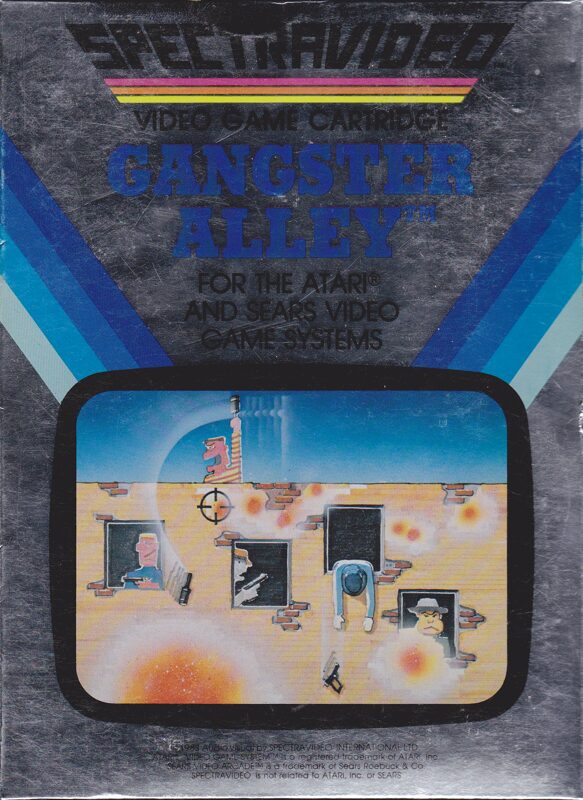
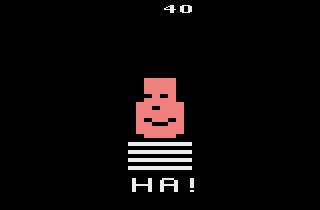
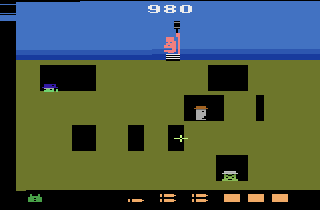
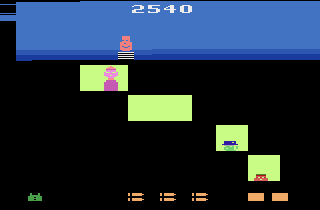
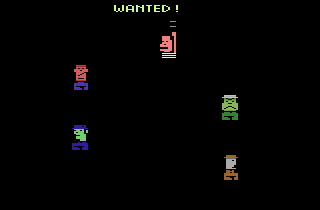



Reviews
There are no reviews yet.